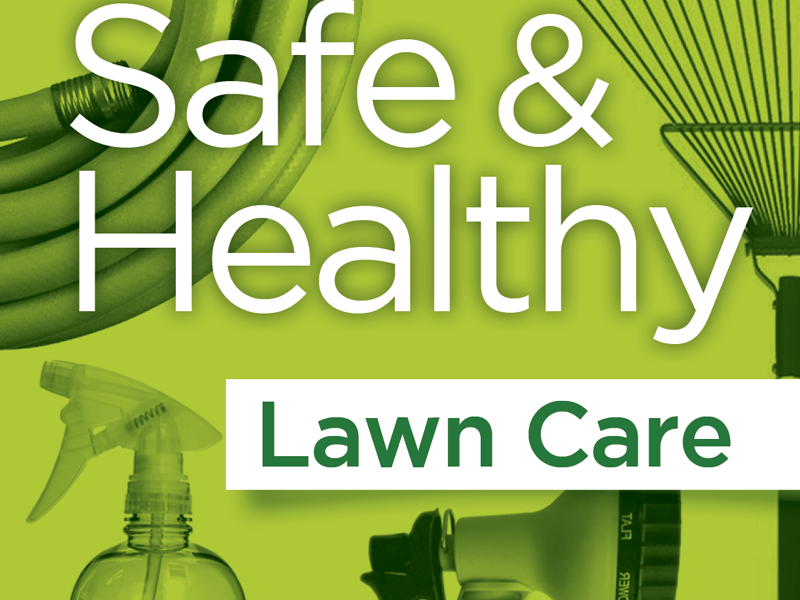Look around your house, garage and garden shed and you may discover as much as 100 pounds of household chemicals such as pesticides, paints, cleaners, automotive fluids and other products. According to the U.S. Environmental Protection Agency, such products are safe to use if proper precautions are taken, but problems generally arise when individuals use, store or dispose of products improperly.
Pennsylvania Resources Council offers a series of online brochures, including SAFE & HEALTHY LAWN CARE.
Tips for safe lawn and garden care include:
- CONTROL PESTS NATURALLY – Control common pests with applications of beneficial nematodes. Treat your lawn with organic corn gluten, which kills weed seeds and seedlings, and apply to established lawns in early spring.
- MOW SMARTER – Leave grass clippings on the lawn to provide nitrogen and decrease by half the amount of commercial fertilizer required. You can assist your mowing patterns with lawn sweepers to make a more efficient job. There are options on BestOfMachinery you can get for cheap – you don’t really need to get the most expensive one to do the task.
- FEED THE SOIL – Cultivate your lawn and garden by raking an inch of compost into the surface every spring and fall. Set your lawn mower to the highest setting; grass should be 3-4 inches high, which shades roots, conserves moisture and reduces weeds. You can use a rooting hormone to help the seeds strong in their journey. There is a short guide by Bill Allen about rooting hormones if you want to check it out: https://occupythefarm.org/best-rooting-hormone
- RESEED ANNUALLY – Seed your lawn in late summer or fall with native grasses. Thick turf effectively controls weeds.
- DISPOSE OF EXCESS TOXIC MATERIALS – Take part in a PRC household chemical collection event or call the PA DEP Recycling Hotline at 800-346-4242 to learn about drop-off locations near you.
To learn more about the impact of household chemicals on the environment and human health, view the follow resources:
SAFE & HEALTHY LAWN CARE BROCHURE
HAZARDOUS WASTE IN THE HOME: SAFE & HEALTHY GUIDE


